Thursday, 16 May 2024
Menu

When we purchase a cylinder, it only has manufacturer’s markings on the cylinder head. We should start assembling our kit with the maximum operating depth ( MOD ) mark on the cylinder for the gas in it. We must be aware that correct cylinder marking is a key condition for safe diving. By marking the cylinders correctly and clearly, we can prevent mistakes when switching gases underwater.

Of course, if we dive with only one cylinder, there will be no mistake, but there may be an emergency situation in which the marking will be very important. To mark the cylinder we choose special stickers. If it is an oxygen cylinder we should apply 6, if it is EAN50 we should apply 21, and the same for other mixtures. The label should be clearly visible for both you and your partner, so we apply at least 2 labels. Stick the labels in the place indicated by the cylinder valve knob and on the opposite side, just under the cylinder head curve.
Once we have correctly marked the cylinder we can start tying the harness. To do this we will need two large carabiners with large eyelets, about 2m of line with a diameter of 5mm, 30cm of hose and a metal clamp with a diameter matching our cylinder.
We start by folding the line in half and tying the top carabiner at the height where the curvature of the cylinder head ends. At the end there should be a loop which we attach to the valve of our cylinder. The carabiner should be tied in such a way that it cannot move. Then we pull both ends of our string through the hose, which in the future will serve us as a handle to carry the stage. At a distance of about 40 cm from the first carabiner, we tie the second one – the lower one. Tie both ends of the line and cut off the excess.
The tied harness is attached to the cylinder with a metal clamp in the place between the hose and the lower carabiner. The metal clamp may be additionally equipped with a braid to hide sharp edges which could damage e.g. our suit. An alternative to the clamp may be a belt with a buckle, which is more suitable for travelling and quicker mounting. The harness should be on the extension of the valve thread. Mounted in this way it will cause the correct positioning of the cylinder when clipped to the D-rings.
Finally, we have to stretch two rubber bands holding the hose of our machine. The most popular are rubbers cut from inner tubes. A good idea is to cut a strip pointed at one end. After pulling on the bottle this shape will be slightly protruding from it, which will make it easier to pull it off, while pushing the hose from the dispenser under the inner tube. Cut out the rubber bands in such a way that they are stretched over the bottle. The upper one is placed on the top of the harness up to the height of the MOD label, while the lower one is placed from the bottom up to the height of the lower carabiner. When choosing the rubber band we have to pay attention to be able to pull it away from the cylinder even in thick gloves.

Thus assembled stage is already suitable for diving. If we own a cylinder, it is worth to mark it with our name or nickname. This will make it easier to recognise our cylinder among many others (often very similar) during our trip or wreck diving.
Now all that’s left is to fit the machine and get in the water!

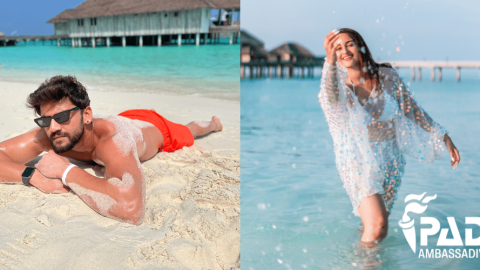

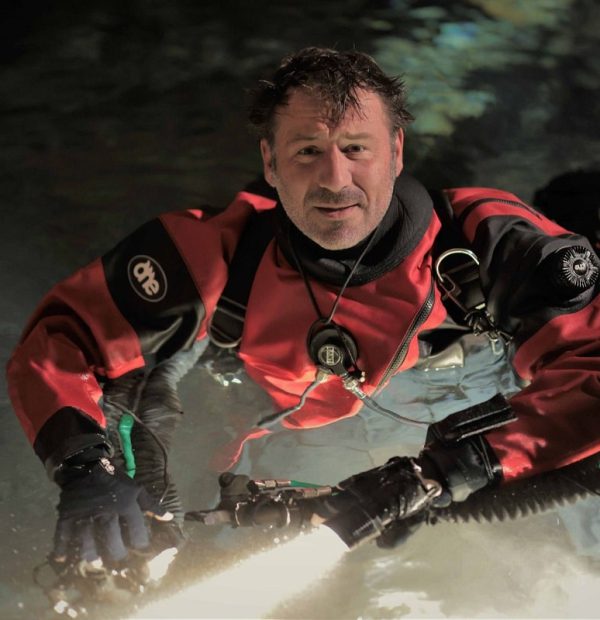

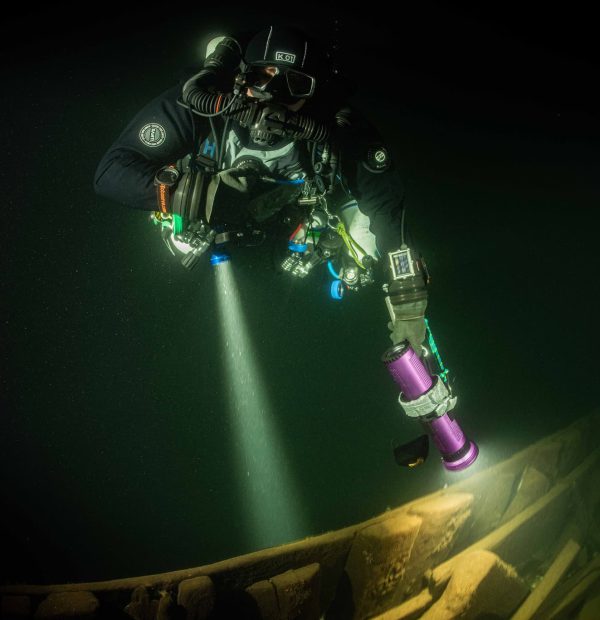
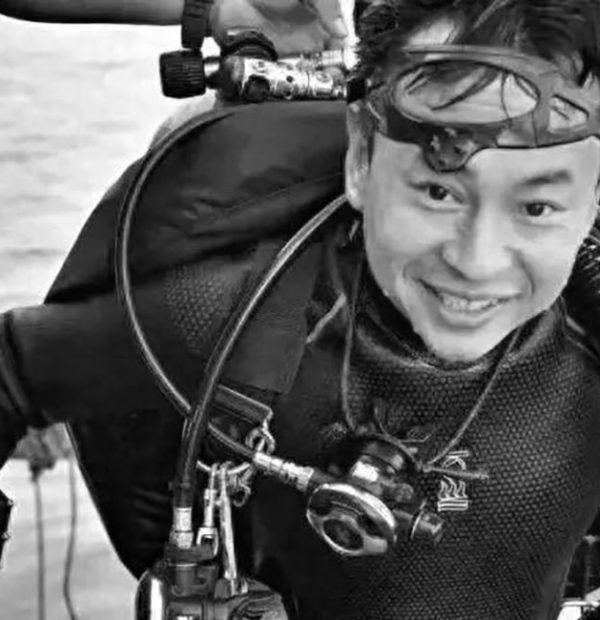
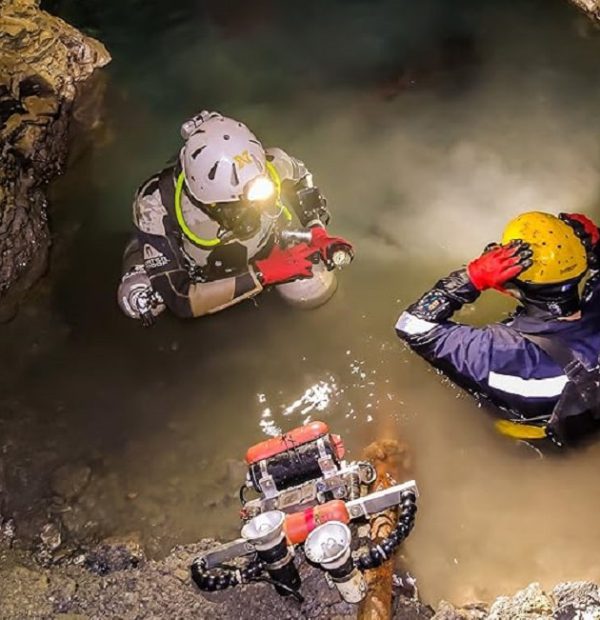
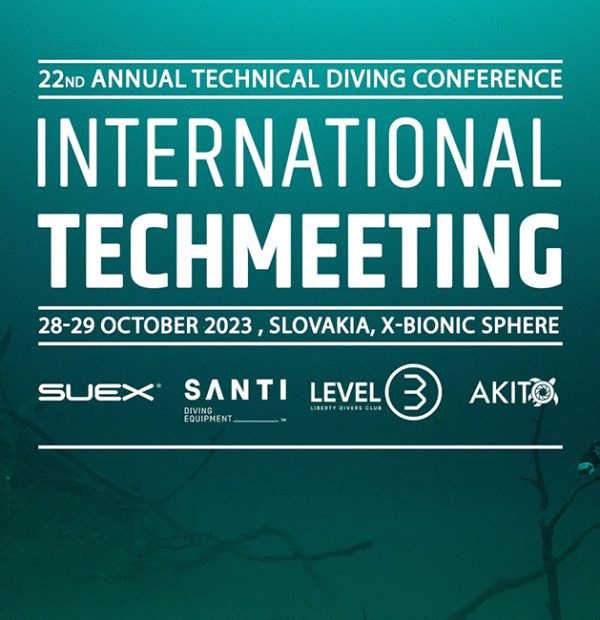

Welcome to DIVERS24.COM, your daily source of scuba news, freediving, scuba diving information, and equipment reviews. Our comprehensive coverage of the dive industry from A to Z provides you with all the latest scuba news, training updates, underwater photography tips, and everything else related to scuba diving. Whether you’re a beginner or an experienced diver looking for more knowledge about scuba gear or techniques – we’ve got it covered! With our in-depth articles written by experienced divers who have been there and done that, you are sure to find exactly what you need here at Divers24.com. Dive into scuba news today!
Underwater Media Sp. z o.o.
Szafarnia 11/F8,
80-755 Gdansk, Poland
Welcome to DIVERS24.COM, your daily source of scuba news, freediving, and scuba diving information. Sign in for a weekly news update and discount coupons for dive gear and apparel.
@2023 - underwatermedia.pl. All Right Reserved. Designed and Developed by Tworzenie stron internetowych Gdansk

The Divers24 portal is currently the largest online medium treating diving in Poland. Since 2010 we have been providing interesting and important information from Poland and around the world on all forms of diving and related activities.
Contact us: info@divers24.com